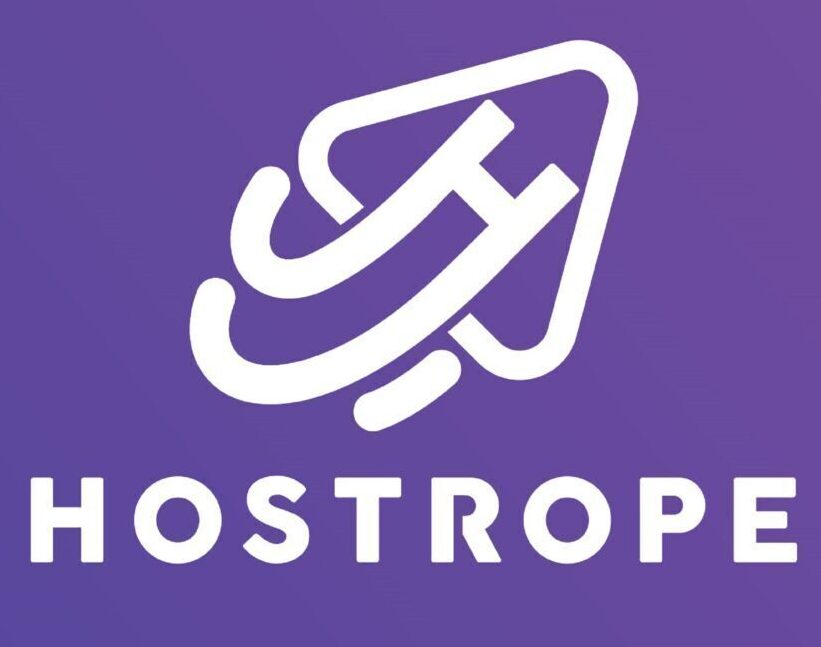In today’s digital marketing landscape, sending the same email to your entire list is like shouting into a crowd and hoping the right people hear you. If you’re serious about boosting open rates, engagement, and conversions, email segmentation is a strategy you can’t ignore.
In this post, we’ll explore the top benefits of email segmentation and why it’s a must-have in your email marketing toolkit.
What Is Email Segmentation?
Email segmentation is the process of dividing your email subscribers into smaller, more targeted groups based on specific criteria such as demographics, purchase behavior, interests, or engagement level.
By doing this, you can send highly relevant messages that resonate with each segment—leading to better performance across all your campaigns.
1. Higher Open Rates
Segmented campaigns consistently outperform non-segmented ones in terms of open rates. Why?
Because the content is more relevant to the reader.
For example, an email about winter coats will likely perform better with customers in colder climates than with those in tropical regions. When recipients feel like your emails are made just for them, they’re far more likely to open them.
2. Improved Click-Through Rates (CTR)
When your email content aligns with your subscribers’ interests, they are more likely to click through to your website or offer.
For instance:
-
Send a blog roundup to subscribers who regularly engage with your content.
-
Promote products based on past purchase behavior.
By giving subscribers exactly what they’re looking for, you make it easy for them to take the next step.
3. Lower Unsubscribe Rates
Nobody likes irrelevant emails. Generic blasts can quickly annoy subscribers, leading to higher unsubscribe rates.
Segmentation ensures that people only receive content that matters to them, increasing satisfaction and reducing the chances they’ll opt out.
4. Better Deliverability
Email platforms like Gmail and Outlook are constantly monitoring how recipients interact with your emails. If your messages are ignored or deleted often, your deliverability score takes a hit.
Segmented emails result in:
-
More opens
-
More engagement
-
Fewer spam reports
All of which signal to email providers that your content is valuable—helping you land in the inbox, not the spam folder.
📌 Related Post: What Is Email Marketing? A Beginner’s Guide
5. Higher Conversion Rates
At the end of the day, the goal of most email campaigns is to convert—whether that means making a purchase, signing up for a webinar, or downloading a lead magnet.
Segmenting your audience allows you to tailor your message to where each person is in the buyer’s journey:
-
New leads get welcome emails.
-
Interested users get product demos.
-
Past customers receive upsell offers.
This personalization boosts the chances of conversion.
6. More Targeted Automation
Email automation is powerful on its own—but when combined with segmentation, it becomes unstoppable.
You can set up smart workflows that deliver the right message at the right time based on triggers such as:
-
Abandoned carts
-
Product views
-
Email engagement
🎯 Pro Tip: Tools like HubSpot and GetResponse make it easy to automate emails for each segment using behavior-based triggers.
🔗 Read more: 5 Email Automation Workflows You Can Set Up in HubSpot Today
7. Enhanced Customer Experience
Modern consumers expect personalized communication. Email segmentation helps you deliver an experience that feels less like a mass message and more like a personal note.
For example:
-
Birthday offers
-
Recommendations based on previous purchases
-
Exclusive content for loyal customers
These touches build trust and foster long-term customer relationships.
8. Increased ROI on Email Campaigns
Email marketing already boasts a high return on investment—$42 for every $1 spent, according to DMA. Segmentation takes this even further by ensuring your emails generate more revenue with fewer wasted efforts.
Rather than sending one-size-fits-all emails to everyone, you maximize the impact of every message you send.
9. Better Insights and Analytics
With segmentation, you get clearer insights into what’s working for each group.
You can track:
-
Which segments respond best to certain offers
-
How different demographics engage with your content
-
What triggers higher conversions
This allows for data-driven decision-making and helps you fine-tune your overall email marketing strategy.
10. Scalability for Growing Lists
As your list grows, managing a single email approach becomes impossible. Segmentation allows you to scale your email marketing without sacrificing relevance.
Whether you have 500 or 50,000 subscribers, segmentation ensures each person receives content suited to their needs and preferences.
Final Thoughts
Email segmentation is no longer optional—it’s essential. By delivering targeted, relevant content, you can dramatically improve your email engagement, conversions, and ROI.
If you’re just starting out, begin with basic segmentation like geography or engagement level. Over time, dive into behavioral and lifecycle segmentation for even greater results.





Thank you.More content will be posted regularly.I will try to provide more value to my readers.
Good to hear that. I will keep updating more content on this blog
Thank you
Thank you
There are some attention-grabbing points in time on this article but I don’t know if I see all of them…